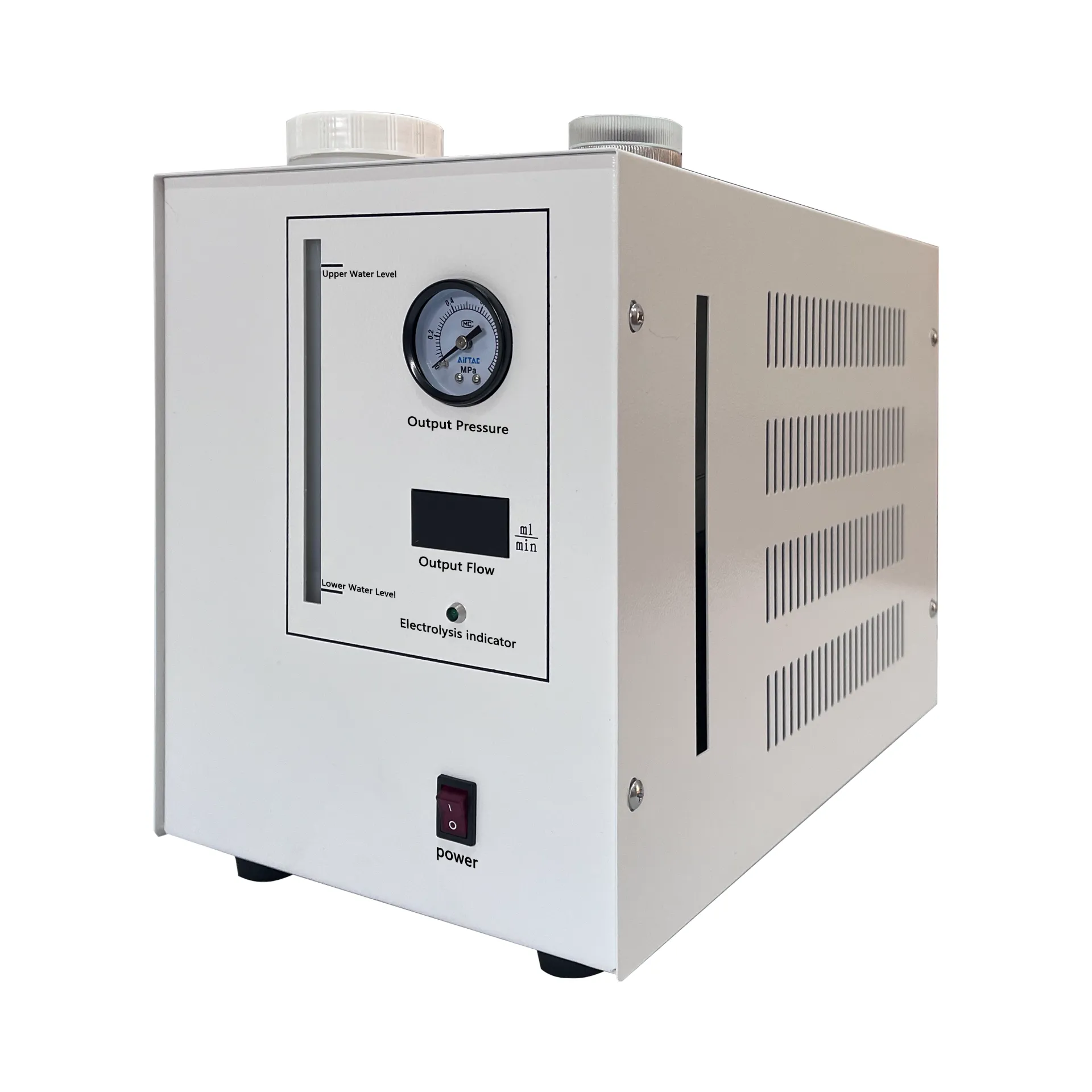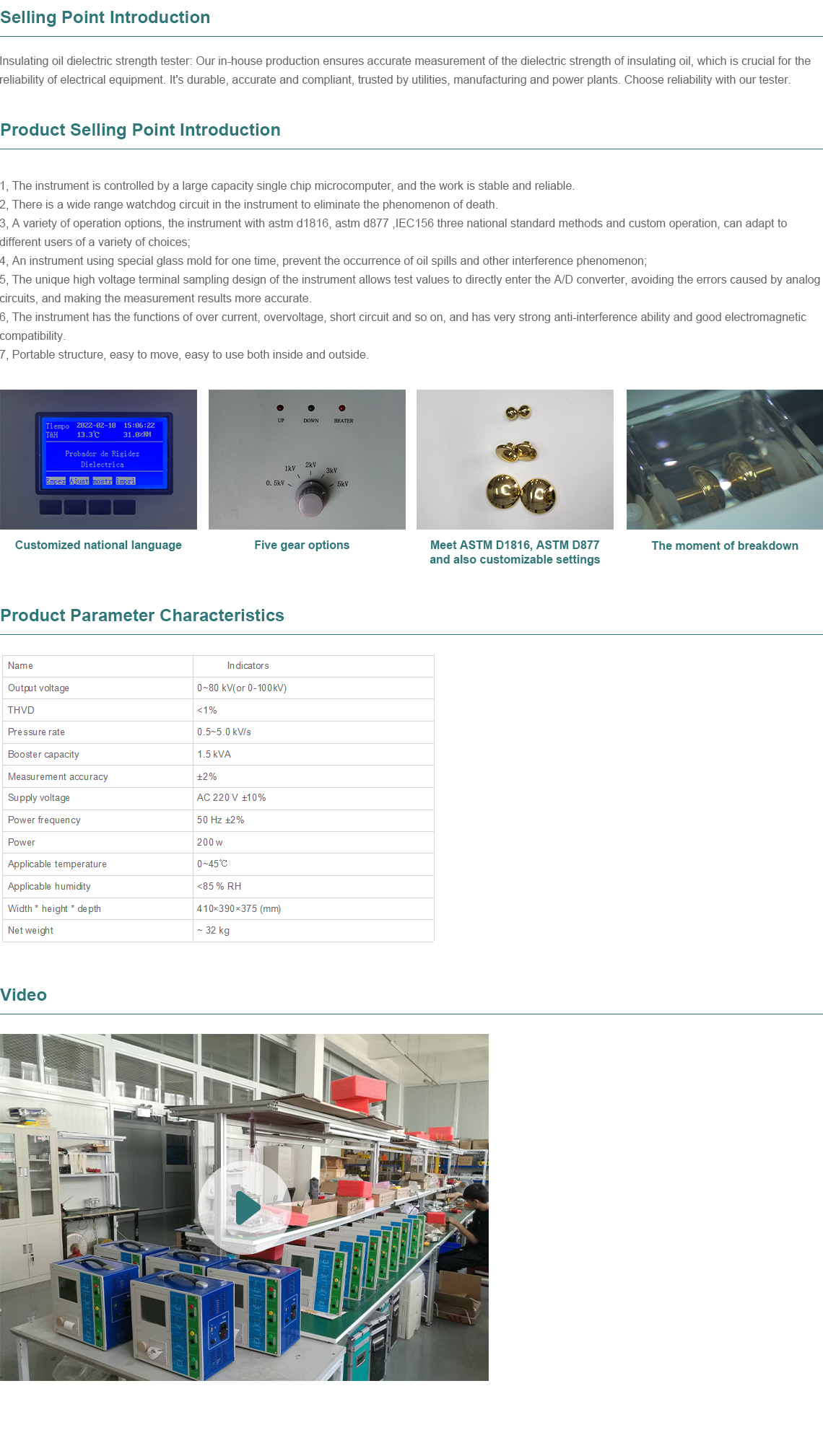TEL:
+86-0312-3189593
 English
English

Telephone:0312-3189593

Email:sales@oil-tester.com
2 月 . 13, 2025 11:49
Back to list
power transformer commissioning tests
Power transformer commissioning tests are critical processes in ensuring the seamless integration and reliable operation of power transformers within electrical grids. These tests verify the integrity, performance, and safety of transformers before they are put into service, thus serving as a cornerstone for maintaining power quality and minimizing downtime. This article delves into the intricacies of commissioning tests, highlighting essential tests, expert practices, and the importance of these procedures in the broader context of electrical systems.
Furthermore, dielectric tests, including the power factor and dissipation factor measurements, are employed to assess losses in the insulation system. These tests involve energizing the transformer with high voltage and measuring the rate of decay of applied power, which directly reflects the efficiency of the insulation. A high power factor signifies greater losses and potentially aged insulation requiring further analysis or replacement. Bushing testing is equally important, as bushings are critical interfaces connecting the transformer windings to the external circuits. Bushings that perform inadequately can result in catastrophic failures, making their testing imperative. Testing techniques include capacitance and dissipation factor testing, providing insights into the quality and state of the bushing insulation. Expertise in power transformer commissioning tests is paramount for achieving accurate and reliable results. Industry professionals advocate for a systematic approach to testing, emphasizing adherence to international standards such as those set by the Institute of Electrical and Electronics Engineers (IEEE) and the International Electrotechnical Commission (IEC). These standards ensure tests are conducted under consistent parameters, enhancing the trustworthiness of results and enabling meaningful comparisons between different transformers or testing sessions. Documentation and analysis of test results play a crucial role in maintaining the long-term reliability of transformers. Thorough records allow for trending analyses, identifying patterns that may indicate emerging issues before they manifest as operational faults. This proactive approach to maintenance can substantially reduce costs associated with unplanned outages and repairs. In conclusion, power transformer commissioning tests epitomize the blend of experience, expertise, and precision required to maintain the integrity and reliability of electrical power systems. Through meticulous testing and adherence to established standards, engineers not only prevent potential failures but also extend the operational lifespan of these critical assets. As the demand for efficient and reliable energy systems grows, the role of commissioning tests in safeguarding energy infrastructure becomes increasingly vital.


Furthermore, dielectric tests, including the power factor and dissipation factor measurements, are employed to assess losses in the insulation system. These tests involve energizing the transformer with high voltage and measuring the rate of decay of applied power, which directly reflects the efficiency of the insulation. A high power factor signifies greater losses and potentially aged insulation requiring further analysis or replacement. Bushing testing is equally important, as bushings are critical interfaces connecting the transformer windings to the external circuits. Bushings that perform inadequately can result in catastrophic failures, making their testing imperative. Testing techniques include capacitance and dissipation factor testing, providing insights into the quality and state of the bushing insulation. Expertise in power transformer commissioning tests is paramount for achieving accurate and reliable results. Industry professionals advocate for a systematic approach to testing, emphasizing adherence to international standards such as those set by the Institute of Electrical and Electronics Engineers (IEEE) and the International Electrotechnical Commission (IEC). These standards ensure tests are conducted under consistent parameters, enhancing the trustworthiness of results and enabling meaningful comparisons between different transformers or testing sessions. Documentation and analysis of test results play a crucial role in maintaining the long-term reliability of transformers. Thorough records allow for trending analyses, identifying patterns that may indicate emerging issues before they manifest as operational faults. This proactive approach to maintenance can substantially reduce costs associated with unplanned outages and repairs. In conclusion, power transformer commissioning tests epitomize the blend of experience, expertise, and precision required to maintain the integrity and reliability of electrical power systems. Through meticulous testing and adherence to established standards, engineers not only prevent potential failures but also extend the operational lifespan of these critical assets. As the demand for efficient and reliable energy systems grows, the role of commissioning tests in safeguarding energy infrastructure becomes increasingly vital.
Latest news
-
Differences between open cup flash point tester and closed cup flash point testerNewsOct.31,2024
-
The Reliable Load Tap ChangerNewsOct.23,2024
-
The Essential Guide to Hipot TestersNewsOct.23,2024
-
The Digital Insulation TesterNewsOct.23,2024
-
The Best Earth Loop Impedance Tester for SaleNewsOct.23,2024
-
Tan Delta Tester--The Essential Tool for Electrical Insulation TestingNewsOct.23,2024





